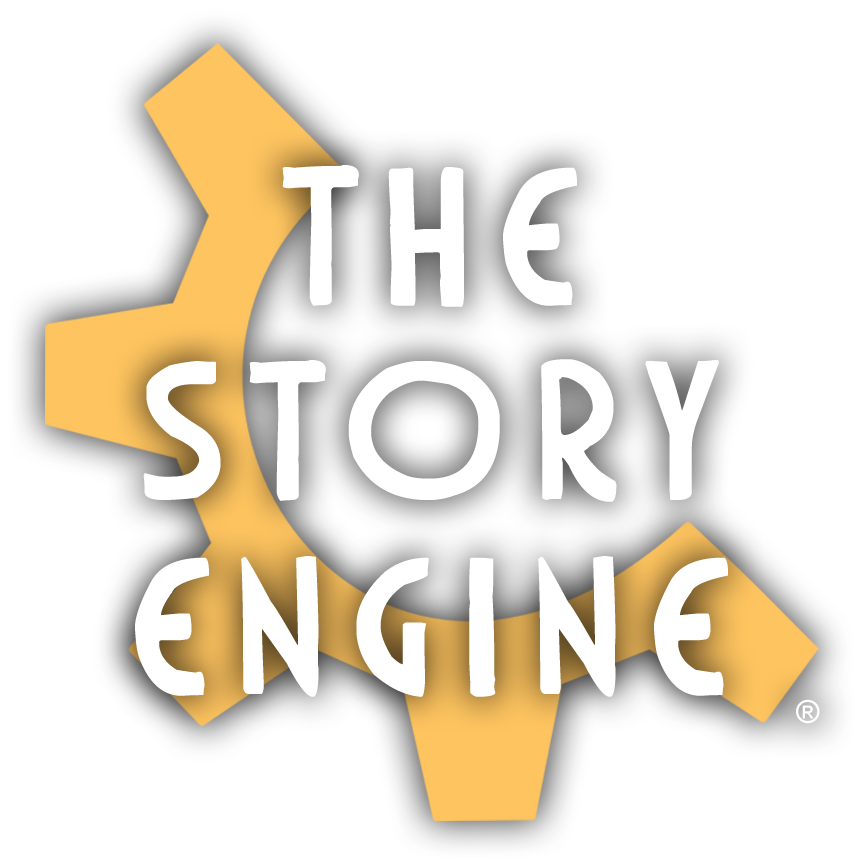by Peter Chiykowski
Read Volume 1
I was pawing through my old journals looking for a specific set of a notes when I stumbled over the oldest record of my work on Lore Master's Deck.
I've tentatively dated these notes to May 2022. The pages were already wrinkled because I used the notebook in the rain while recording a video about a World War II plane crash on the northern tip of Vancouver Island a month or so earlier (notebook appears at 0:22).

An unstructured brainstorm of species traits - with a reminder to credit Aaron.
Back then, I wasn't trying to design a lore-weaving deck. I just wanted to design a deck that could generate interesting creatures for fantasy or science fiction worldbuilding. It all started in the middle of a game of Oceans (by North Star Game Studio), which does an excellent job of representing evolutionary adaptations through its mechanics. My friend Aaron and I stopped to brainstorm some more creature traits that could be mixed into a deck of species prompts, and I hastily scribbled some of those notes down on the page above.
Then I wrote down some categories to help shape the brainstorm (you'll see them in the picture below). From a development perspective, there were two categories that turned out to be super important:
- Utility (i.e., is the species useful in some way to humans or sentient species)
- Connection (i.e. what are the species' social behaviors and bonds, and how does it connect to the ecosystem and setting)
These categories made me realize how much more interesting creature creation gets when you look at the lore links between the species and the world they inhabit. This eventually grew into the link cues mechanic and the broader deck concept: a set of card types that explore the interconnectedness of creatures, material resources, locations, events, factions, figures, and objects.

A categorized brainstorm of species traits.
It was a long road connecting an impromptu mid-game brainstorm to the final format of the deck, and I'm excited to bust out my journals and prototypes and share the process.
In particular, there are three creative lessons I want to highlight:
- Pay attention to what excites you. There's a reason certain topics, projects, and ideas get your neurons firing, your heartrate spiking, and your imagination bubbling with new ideas. If I hadn't acknowledged the excitement and asked a friend to indulge me in a brainstorm while the lightning was flashing, Lore Master's Deck wouldn't exist.
- Write down your ideas and revisit them. You'll record 100 "bad" ideas for every "good" one, but you don't find gold without digging through some dirt first. Collect all your raw ideas and pan through them later looking for the bits that glimmer. Scrub away at those. Interesting "bad" ideas are often just first drafts of "good" ideas.
- Talk through your ideas with different people. From the first brainstorm for this project with Aaron, to explaining the concept to our project director Miroki, to co-creating prompts with backers, to working through revisions with the sensitivity readers and our Community Manager Eric, the biggest breakthroughs always came from presenting my ideas and getting an outside perspective on what was wonky or working well.
That's all for now! You can pre-order Lore Master's Deck, or watch our livestream series for more behind-the-scenes details!
